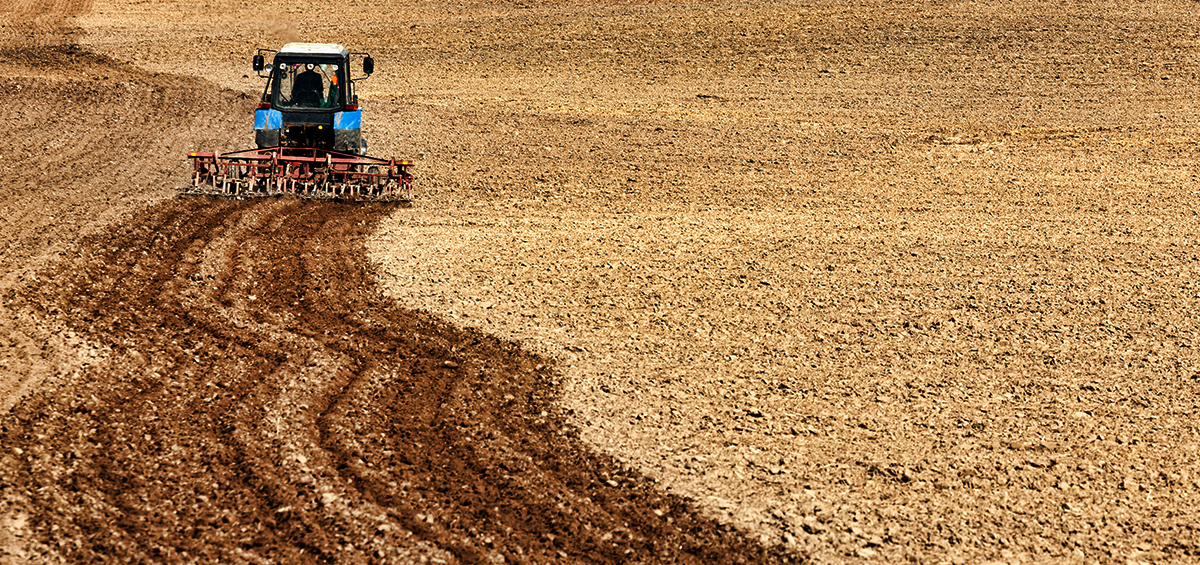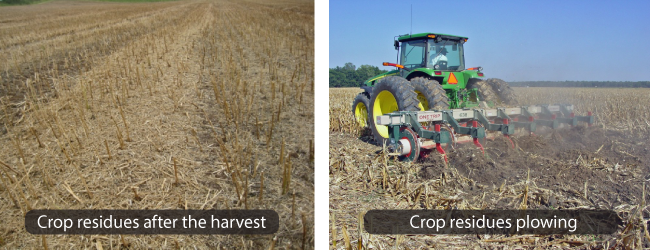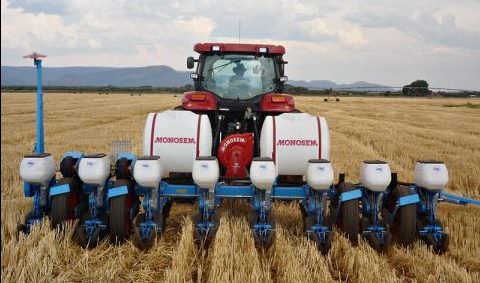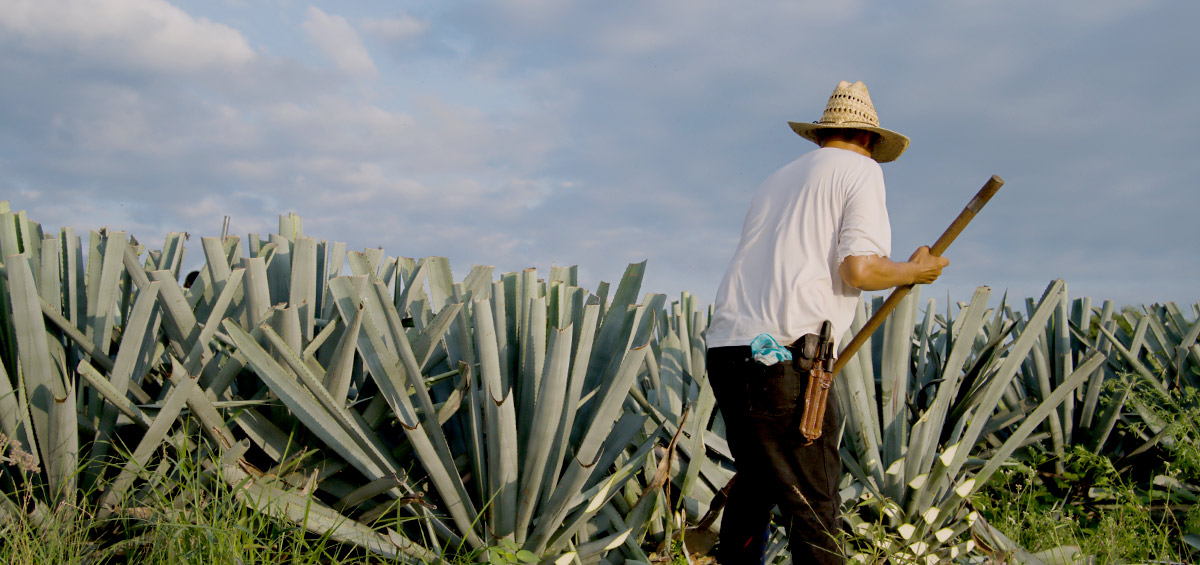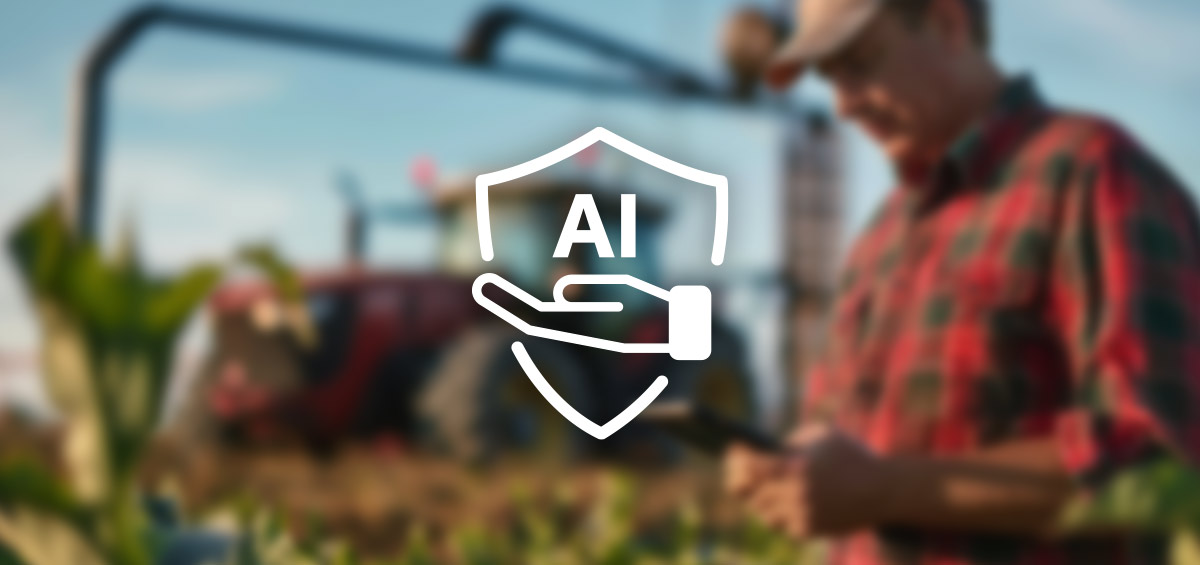Plant residue are crop materials such as stems, leaves, and roots, that are left on the field after the harvest. In the past, farmers considered crop residue to be trash, that was usually destroyed by fire. However, today this practice is not recommended and highly is not used by farmers. There are two different ways to manage crop residues. The first method is tillage prior planting when plant residues are incorporated into the soil. Another modern farming practice is reduced tillage or no-till farming, where crop residues are left on the surface and planting is carried out without soil tillage.
Crop Residue Incorporation into the Soil
The main purpose of plowing crop residue is to improve soil organic matter. Plowing at a depth of 20-30 cm together with adding of nitrogen fertilizers (Urea, CAN) enriches the soil with humus and also prevents nitrogen depression. Farmers who manage their fields with this practice, rely on the following crop residue advantages:
- Recycled nutrients removed by a growing crop
- Maintained or increased soil organic matter that provides a substrate for soil microorganisms and increases the organic component of the soi
- Better absorption of rain drops that decreases erosion potential.
In addition to the plowing of crop residue, a farmer can also include in his farm management, the plowing of cover crops i.e. green manure. It enriches the soil with organic matter, improves its biological activity, provides better accessibility of nutrients, and enables biological water drainage on heavier soils. It also has a favorable impact on both heavy and sandy soils and is strongly recommended on soils fertilized only with chemical mineral fertilizers.
Crop Residue – No-till Management
No-till is a modern farm practice, mostly used by farmers in the US. Nearly 40% of cropland acres are no-tilled and more than 10 million acres of cover crops have been seeded across the country. The practice is based on leaving the crop residue on the field and the sowing of new crops directly into the untilled soil. No-till farming requires different practices to preserve higher yields, such as cover crops and fertilization and pesticide use, to achieve better soil properties. No-till farming has also many advantages on the soil:
- Crop residueon the soil surface are responsible for cooling the soil, increasing the soil moisture and limiting evaporation; crop residue protects the soil from erosion and serves as a source of carbon
- Heavy machinery passes are reduced; no-till farming uses only a sowing machine, thus preventing soil compaction and surface crusting. This makes it easier for plants to sprout and grow deep roots. It, therefore, results in reduced disturbance to the soil
- Farming costs such as labor, machinery costs, and fuel are reduced.
No-till requires special no-till seeding equipment with discs (low disturbance) or narrow tine coulters (higher disturbance) to open a narrow slot into the residue-covered soil which is only wide enough to put the seeds into the ground and cover them with soil. The goal is to move as little soil as possible in order not to bring weed seeds to the surface and to not stimulate them to germinate. No other soil tillage operation is done. The residues from the previous crops will remain largely undisturbed at the soil surface as mulch.
Special no-till sowing machine
Decisions as a Part of Farm Management
Every farmer faces some doubts and struggles in making decisions about the best farm management practices. When deciding on his crop residue management, a farmer needs to know that both crop residue plowing and no-till are good farm practices with different advantages. It is important to avoid burning of crop residues because they play a significant role in improving soil management hence it may damage the soil properties. AGRIVI farm management software supports all farming techniques. By using AGRIVI, you can track all farm activities from sowing to harvesting as well as inventory and finances.
No matter how a farmer manages his crop production, AGRIVI software is always provides helpful support.
Text sources: Plant & Soil Sciences || Iowa Agriculture Literacy Foundation
Image sources: The Hawthorns Estate || Iowa Agriculture Literacy Foundation || Monotec
